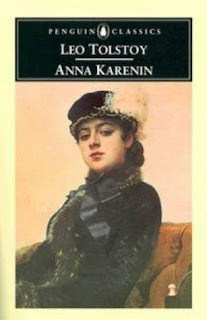The last book I read this year is Julian Barnes’ The Sense of an Ending (2011). It is a brief novella, at a mere 150 pages, but it contains a depth of meaning and beautifully concise writing that makes it a wonderful book to end the year on.
 The story is divided into two parts. In part one Tony Webster remembers his school days with his friends Alex, Colin and the enigmatic Adrian Finn. The first three were “essentially taking the piss, except when we were serious” while Adrian was “essentially serious, except when he was taking the piss.” They were pretentious and enjoyed pointing out when things were “philosophically self-evident.” They went their separate ways at university where Tony found a girlfriend, Veronica, with whom he had an awkward first relationship.
The story is divided into two parts. In part one Tony Webster remembers his school days with his friends Alex, Colin and the enigmatic Adrian Finn. The first three were “essentially taking the piss, except when we were serious” while Adrian was “essentially serious, except when he was taking the piss.” They were pretentious and enjoyed pointing out when things were “philosophically self-evident.” They went their separate ways at university where Tony found a girlfriend, Veronica, with whom he had an awkward first relationship.
In part two, Tony is a single man in his 60s. He has lived an ordinary life, had a commonplace marriage and an uneventful divorce allowing him to remain close friends with his ex-wife Margaret. Tony revels in the ordinariness of his life, which is disrupted when he receives a letter from a solicitor. The letter advises Tony that Veronica’s mother, whom he has not seen in over 40 years, has died and left him something in her will. Suddenly he begins “looking back over how my life has unfolded, and considering the paths untaken, those lulling, undermining what-ifs, I never found myself imagining”. Tony admits his memory is unreliable and he ruminates on the fallacies of memory, particularly as one ages.
I won’t describe the story in more detail, for fear of spoiling it. What I will say is that this is a brilliant book and well worth reading. It is brief enough to be read in one or two sittings. Barnes’ writing style reminds me of Ian McEwan, and there are some passages that are so enjoyable that I look forward to re-reading this novella again. (I particularly loved the bit about the ‘hand-cut chips’).
The Sense of an Ending won the Man Booker Prize this year, and deservedly so. It is the first Booker prize winner I have read in a long time that I have really enjoyed.

























